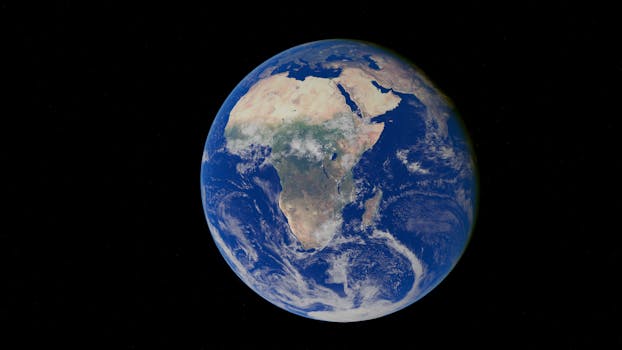
“
From Stardust to Dreams: Imagining Life Beyond the Stars
Introduction to the Cosmos
From Stardust to Dreams: Imagining Life Beyond the Stars is a journey through the vast expanse of the universe, exploring the possibilities of life beyond our planet. The universe is a complex and mysterious place, full of wonders and secrets waiting to be uncovered. From the formation of stars and galaxies to the potential for life on other planets, the universe is a vast and exciting frontier that has captivated human imagination for centuries. For more on this topic, check out From Stardust to Dreams: Imagining Life Beyond the Stars – Exploring the Possibilities of Life in the Universe.
The Formation of Stars and Galaxies
The universe is thought to have begun as a singularity, an infinitely hot and dense point, around 13.8 billion years ago. This singularity expanded rapidly, and as it did, it cooled and formed subatomic particles, atoms, and eventually the stars and galaxies we see today. The formation of stars and galaxies is a complex process, involving the collapse of giant molecular clouds of gas and dust under their own gravity. For a deeper dive into the imaginative aspects of galaxies, see Galaxies of Dreams: How Imagination Transcends the Night Sky.
As the material collapses, it begins to spin faster and faster, flattening into a disk shape. At the center of this disk, a star forms, surrounded by a disk of gas and dust that will eventually form planets. This process is known as star formation, and it is the way that our own solar system is thought to have formed.
Life Beyond Earth
The possibility of life beyond Earth is a topic of much debate and speculation. While there is currently no definitive evidence of extraterrestrial life, there are many reasons to believe that the universe may be teeming with life. From the discovery of exoplanets, which are planets that orbit stars other than the Sun, to the detection of biosignatures, which are signs of biological activity, in the atmospheres of other planets, the search for life beyond Earth is an active and exciting area of research. For insights on how imagination plays a role in this search, visit Soaring Through the Cosmos: The Power of Imagination Beyond the Stars.
The Search for Life Beyond Earth
The search for life beyond Earth is a complex and challenging task, requiring the coordination of scientists and engineers from a variety of disciplines. Astronomers use a variety of techniques to search for planets that may be capable of supporting life, including the transit method, which involves measuring the decrease in brightness of a star as a planet passes in front of it, and the radial velocity method, which involves measuring the star’s wobble caused by the gravitational pull of an orbiting planet.
Conclusion and Takeaways
In conclusion, the universe is a vast and complex place, full of mysteries and wonders waiting to be uncovered. The possibility of life beyond Earth is a topic of much debate and speculation, but with the continued advancement of technology and our understanding of the universe, it is likely that we will soon have a better understanding of whether or not we are alone in the universe. Some of the key takeaways from this article include:
- The universe is thought to have begun as a singularity, an infinitely hot and dense point, around 13.8 billion years ago.
- The formation of stars and galaxies is a complex process, involving the collapse of giant molecular clouds of gas and dust under their own gravity.
- The possibility of life beyond Earth is a topic of much debate and speculation, but with the continued advancement of technology and our understanding of the universe, it is likely that we will soon have a better understanding of whether or not we are alone in the universe.
See more:
https://www.nasa.gov/
https://www.esa.int/
https://www.seti.org/




